Weihnachtsmarkts (Christmas Makrkets)
Germany’s Christmas Markets That Delight the Senses and the Soul
2026/11/22 - 2026/12/23
Every winter, towns and cities across Germany are transformed by the magic of Weihnachtsmärkte-traditional Christmas markets. From late November until Christmas Eve, millions of locals and travelers gather in cobblestone squares and historic streets, where twinkling lights, the aroma of roasted nuts and mulled wine, and the sound of Christmas carols warm even the coldest nights. Whether you’re a family seeking holiday cheer, a foodie after seasonal treats, or a traveler longing for tradition, Germany’s Christmas markets offer a winter celebration that enchants everyone.
From the world-famous Nuremberg Christkindlesmarkt to the magical markets of Dresden, Cologne, and Munich, each market has its own character and centuries-old traditions. No matter where you go, you’ll find yourself immersed in a swirl of sights, sounds, flavors, and festive spirit that make Christmas in Germany truly unforgettable.
Main Attractions
Famous Markets, Illuminations, and Christmas Trails
Germany boasts over 2,500 Christmas markets, each with its own special charm. Nuremberg’s Christkindlesmarkt, dating to the 16th century, is famous for its golden-robed “Christkind” opening ceremony and rows of red-and-white stalls selling gingerbread and wooden toys. Dresden’s Striezelmarkt, founded in 1434, features the world’s largest Christmas pyramid and the scent of Stollen cake. In Bamberg, the “Krippenweg” (Nativity Trail) winds through the Old Town, with more than 400 nativity scenes displayed in churches and squares. Cologne hosts seven markets, including the iconic Cathedral market and the riverside Harbor Market. Dortmund’s market is home to a 45-meter Christmas tree adorned with 48,000 lights and a 4-meter angel, while Leipzig offers a fairy-tale forest and medieval village.
Handcrafted Gifts, Costumes, and Decorations
Strolling a Weihnachtsmarkt feels like stepping into a storybook. Wooden stalls are decked with fir branches, fairy lights, and garlands, and artisans sell blown-glass ornaments, Erzgebirge wooden pyramids, nutcrackers, and lacework. Children bundle up in colorful scarves and hats, riding carousels, meeting Santa, or watching puppet shows. Many markets feature appearances by the Christkind or Santa Claus, and in Bochum, “Flying Santa” tells Christmas stories while gliding above the crowds on a zipline.
Traditional Food and Drink
The air at a Christmas market is thick with irresistible aromas. Warm up with spiced Glühwein (mulled wine) or Kinderpunsch for kids, and savor grilled Bratwurst, Kartoffelpuffer (potato pancakes), raclette cheese on bread, and roasted chestnuts. For those with a sweet tooth, try Lebkuchen (gingerbread), Schmalzkuchen (fried doughnuts), roasted almonds, Stollen, marzipan, and chocolate-dipped fruit. In Freiburg, you can even join workshops to bake cookies or make candles.
Events, Music, and Winter Attractions
Markets come alive daily with choirs, brass bands, and carolers, while glassblowers and woodworkers demonstrate their crafts. Some cities offer Ferris wheels, toboggan runs, medieval villages, or costumed performances. Frankfurt’s town hall becomes a giant Advent calendar, Leipzig displays one of the world’s largest free-standing Advent calendars, Bochum’s Santa ziplines 125 meters overhead, and Berlin boasts Europe’s largest mobile toboggan.
Cultural and Historical Background
The origins of Weihnachtsmärkte date back to medieval Advent markets, originally practical fairs for stocking up on Christmas essentials and winter supplies. Over time, they evolved into festive gatherings where people came together for music, street food, crafts, and warm companionship, helping communities bond during the darkest time of year.
Today, Weihnachtsmärkte are deeply woven into German culture. For many, visiting a Christmas market marks the true start of the holiday season-a cherished ritual for reconnecting with family and friends, supporting local artisans, and passing down recipes and traditions through generations. Historic squares, half-timbered houses, cathedrals, and cobblestone streets preserve the old-world charm. When snow falls, the lights and stalls become even more magical, like a fairytale come to life. More than just shopping or sightseeing, Weihnachtsmärkte are a beloved winter tradition and, for many Germans, a “spiritual home” during the festive season.
Participant Voices
The day we visited Nuremberg’s Christkindlesmarkt as a family felt like stepping into a fairy tale. At dusk, we entered Hauptmarkt square, where hundreds of stalls lined the cobblestones, their red-and-white roofs stretching as far as we could see. The golden-crowned Christkind appeared on the balcony, delivering her opening speech in a clear, ringing voice, and the whole square fell silent, wrapped in a special Christmas magic.
The sweet, spicy aroma of Lebkuchen drifted through the air, and the lights cast a warm glow on the stalls and the old church walls. Our children were enchanted by the steam-powered carousel and the little Ferris wheel, and they beamed as they posed for photos with the Christkind in her golden robe. Their rosy-cheeked laughter, the smiles of adults enjoying hot wine and sausages, and the sense of warmth and tradition made it a night our whole family will never forget.
Fun Facts
- Over 2,500 Christmas markets are held in Germany each year, attracting more than 85 million visitors.
- Dortmund’s market features a 45-meter Christmas tree decorated with 48,000 lights and a 4-meter angel.
- The Dresden Striezelmarkt, founded in 1434, is Germany’s oldest Christmas market.
Festival Dates
Major Christmas markets are held annually from late November to Christmas Eve in cities and towns across Germany. Dates may vary by location, so check local information for details.
The event schedule is subject to change. Please check the official website for the most up-to-date information.
Media
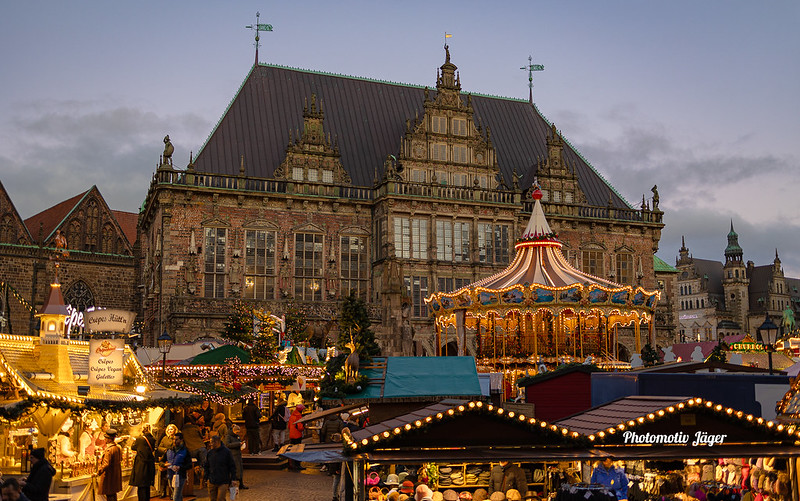
photo by Photomotiv Jäger
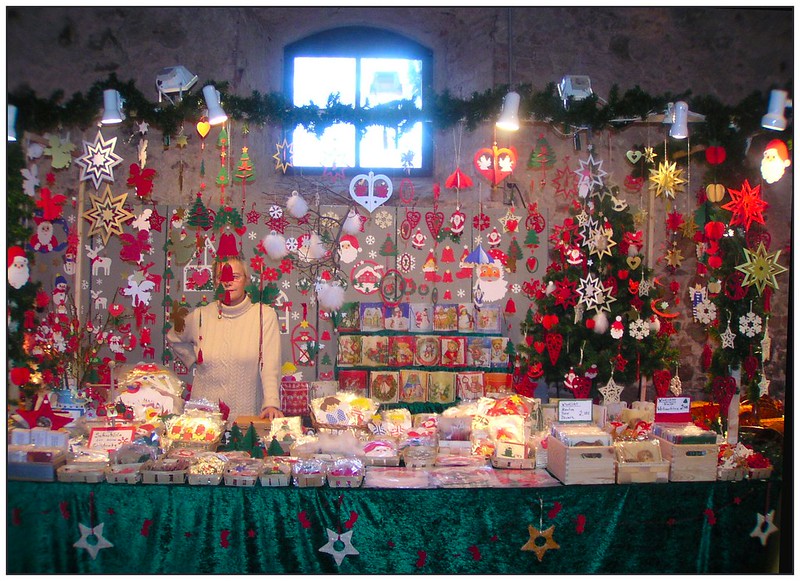
photo by Antje Diehm
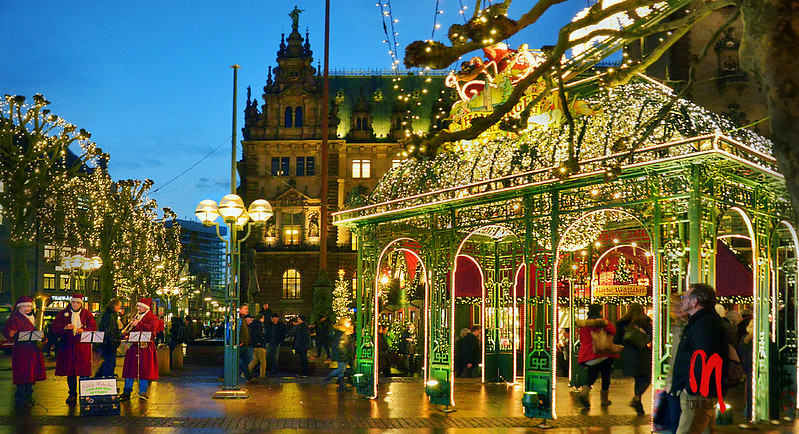
photo by frank müller
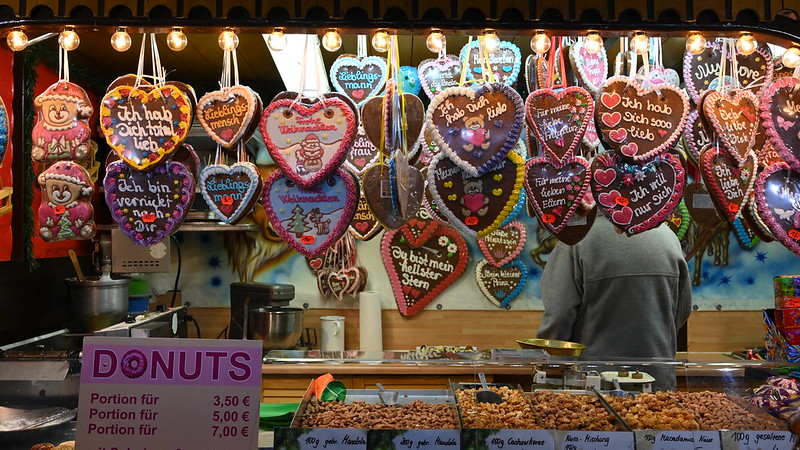
photo by manni0656
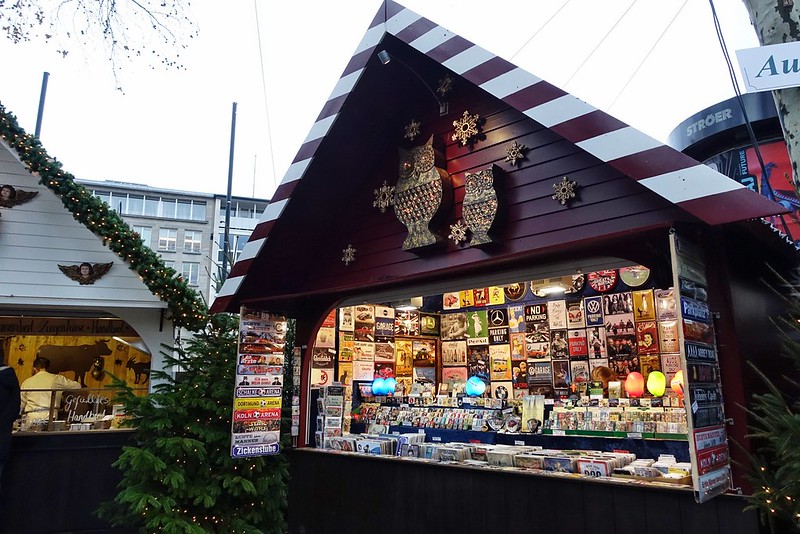
photo by Christine (in memoriam)
Information
| Name | Weihnachtsmarkts (Christmas Makrkets) |
| Country | Germany |
| Area | Berlin |
| Date | 2026/11/22 - 2026/12/23 |
| Link |
Upcoming Festivals
Whirling Dervishes Festival Turkey
A Mesmerizing Dance of Divine Love
2025/12/06Mevlana Celaleddin Rumi Commemoration Ceremony ( Şeb-i Arus ) Turkey
A Whirling Journey to Divine Love
2025/12/10Dia de la Virgen de Guadalupe Mexico
A Festival Weaving Faith, Fervor, and Mexican Identity
2025/12/11L'Escalade Switzerland
Geneva’s Grand Winter Festival of Courage, Chocolate, and Community
2025/12/12Umkhosi Wokweshwama South Africa
The Zulu First Fruits Festival—A Sacred Celebration of Land, Ancestors, and Renewal
2025/12/12Lucia Festival (St. Lucia's Day) Sweden
A Festival of Light Illuminating the Nordic Darkness
2025/12/15Las Posadas Mexico
The Luminous Quest for Sacred Shelter
2025/12/22Noche de Rabanos (Night of the Radishes) Mexico
A celebration blending art, farming heritage, and cultural traditions
2025/12/23Chant of the Sybil on Majorca Spain
A Medieval Prophecy Echoes Through Majorcan Christmas
2025/12/23‘Hatajo de Negritos’ and the ‘Hatajo de Pallitas’ Peru
A Christmas Festival of Rhythm, Faith, and Afro-Andean Heritage in Peru’s Ica Region